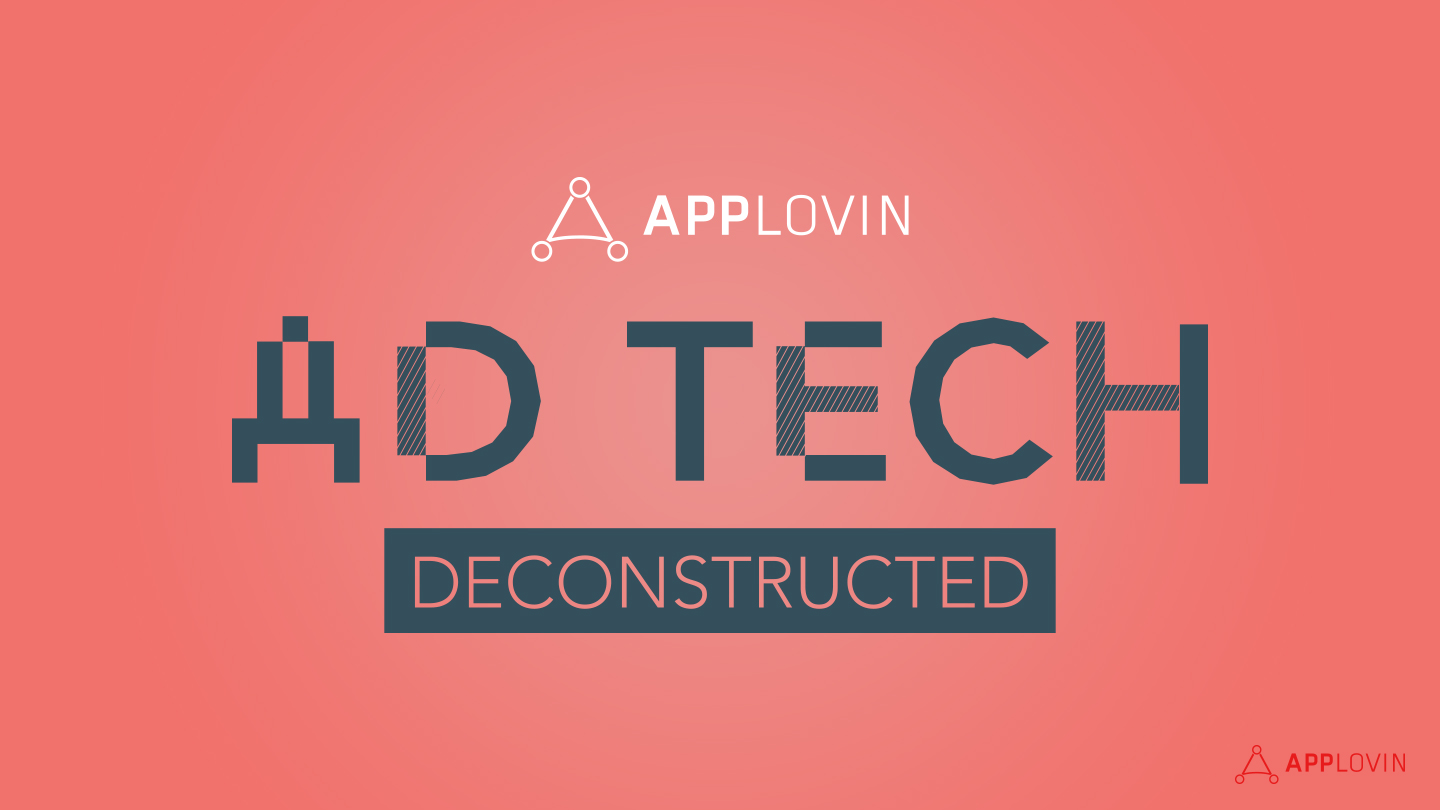Monetization
Ad Tech Deconstructed: What developers should know about CPI and CPCV for rewarded video
Jun 28, 2018

Monetization

The world of ad tech can be confusing—that’s why we’re bringing you our Ad Tech Deconstructed series. We’re putting ad tech under a microscope to examine exactly how things work. For today’s installment, we’ll talk about what exactly CPI and CPCV are and and how they work.
For mobile game developers that use rewarded video ads in apps, it’s important to understand that there are two ways providers pay out based on the CPMs delivered by campaigns.
The first way is by running campaigns that pay on a completed view. The second is by running campaigns that pay after a completed action on a video view. For example, the action could be tapping to install an app, signing up for a newsletter, or viewing a product page.
These two methods are often referred to as CPCV or CPI, so let’s dive into what those terms actually mean.
CPCV stands for cost per completed view, which means developers get paid when users finish watching a video ad. No further action is needed from the user in order for the developer to be paid.
CPI, on the other hand, stands for cost per install. This means developers will only get paid after watching a video ad and following a call to action at the end. The call to action is usually to install another app or game, which takes a user out of your app and into the App Store or Google Play.
In the CPCV model, all impressions are valued the same way. The advertiser pays the same amount for every video view, as long as predetermined performance metrics are met.
For example, an advertiser runs a movie trailer ad on a flat cost per mille (CPM) basis across a broad list of publishers, as long as the publisher maintains a certain level of performance. “Performance” in this case could be defined as completing the video, clicking through to a promotional landing page for the movie, or even signing up to be notified by email for special movie-related promotions.
In the CPI model, networks pay every time an action is completed. Impressions of the ads are not part of equation—performance is what matters.
For example, an advertiser runs an ad for a new daily deals app. The advertiser pays on a CPI basis, which requires a user to install the app after viewing the video ad. When offers match up well to the audience, the individualized performance will be higher on the first few impressions. That’s because interested users are most likely to take action right away.
Knowing the difference between CPI and CPCV campaigns will help you to optimize your revenue. You’ll want to start by running a quality, performance-based network that can match the right ads to the right audience to optimize for CPI. After the first few impressions, then you can default to a broader-based CPCV network for consistent ongoing revenue. This way, you’ll get the best of both worlds: optimizing the value of those first impressions with a CPI and then continuing to generate revenue off the ad with a CPCV.
Want to learn more about about the world of ad tech? Check out our Ad Tech Deconstructed series, which aims to help demystify jargon and complex concepts often found in the ad tech industry.